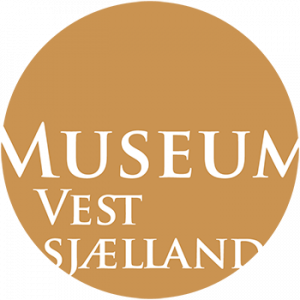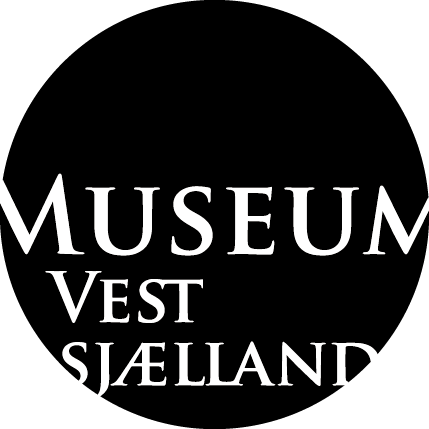Uncovering Neolithic foodways
Patterns of Culinary Practices. Identifying social and ritual dimensions of foodways in the Funnel Beaker Culture of Denmark
The archaeological material related to food is abundant. But while we know a great deal about the type of grains that were harvested, and the animals that were slaughtered, we know only little about how food was prepared and the practices of eating and drinking in neolithic societies in Southern Scandinavia. This project will investigate why the sharing and sacrifice of food, drink and the systematic destruction of ceramic vessels were important in the transition to a full-blown sedentary agricultural lifestyle in the Middle Neolithic communities (ca. 3300-2800 BC). Were particular foodstuffs and vessels associated with particular contexts? Did they thereby possess specific values or meanings?

Material and methods
A large concentration of Neolithic megalithic structures and settlement sites are found in Western Zealand, together with a unique occurrence of ritual wetland offerings – the so-called bog pots. In this project, use-wear traces on vessel sherds from these three contexts are examined in microscope. Prior to the deposition, the pottery was involved in a variety of uses reflecting distinctive aspects of cooking, storing, eating, and cleaning.
The PhD project runs from September 2023 to late 2026 and is supported by Kulturministeriets Forskningspulje, Beckett Fonden and Brand af 1848 Fond.


The project is supported by:




